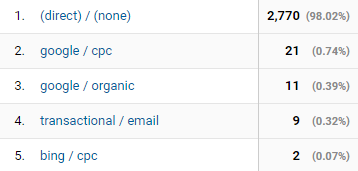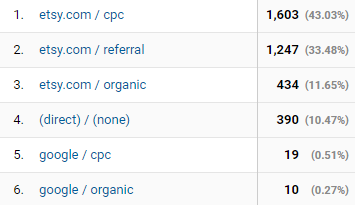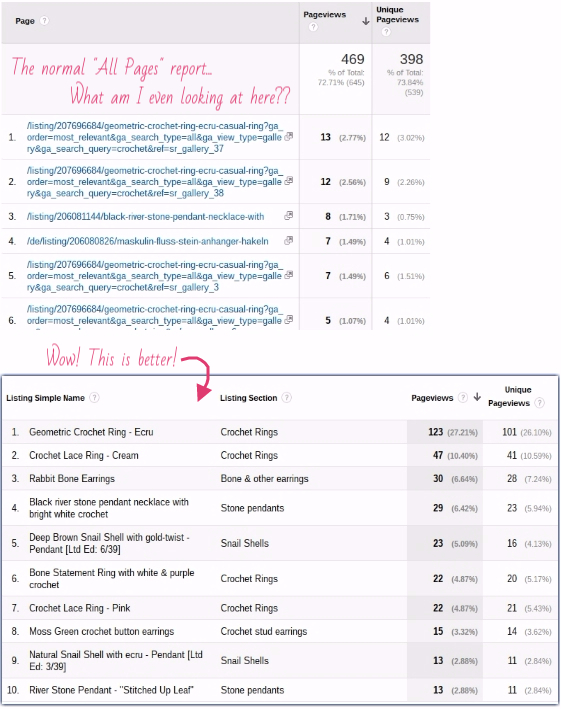Left it to the last minute to save your Etsy shop’s old Google Analytics data?
If you’re here, then yes: you have. The countdown is on to 1 July 2024 when all our Universal Analytics data will be deleted!
Don’t worry, I’ve left it this late too… Let’s do this together 🙂
In true Artisan Analytics fashion, I have created a custom Google Sheet that will automatically backup the most relevant and important Google Universal Analytics data for an Etsy shop and I am releasing it here for free.
Quickstart Guide
- Install the official Google Analytics for Google Sheets add-on
- Make a copy of the Google Sheets backup tool
- Complete the “Settings” tab with information about the Universal Analytics View you need to backup
- Go to Extensions → Google Analytics → Run reports
- If all reports run successfully (there’s a confirmation pop up), you are done 🎉
The backed-up data now lives inside this Google Sheet, in your Google Drive account, for as long as you keep it there. You can do whatever you want with it, like view it in a Google Looker dashboard.



